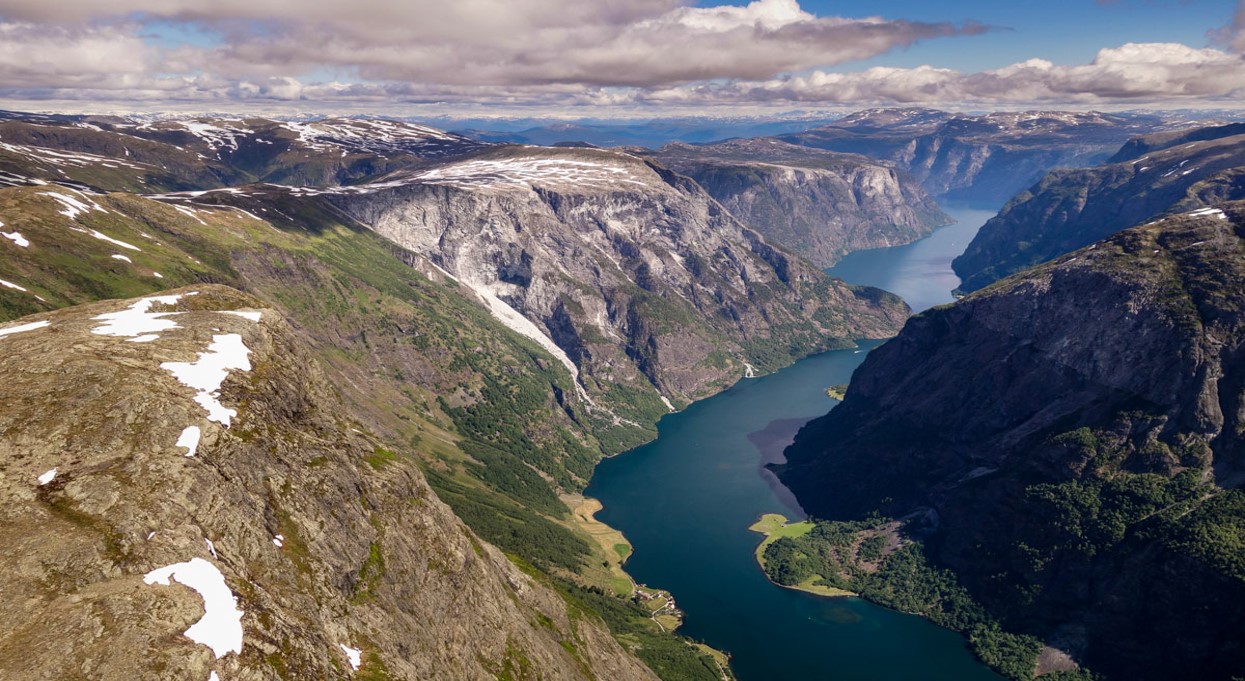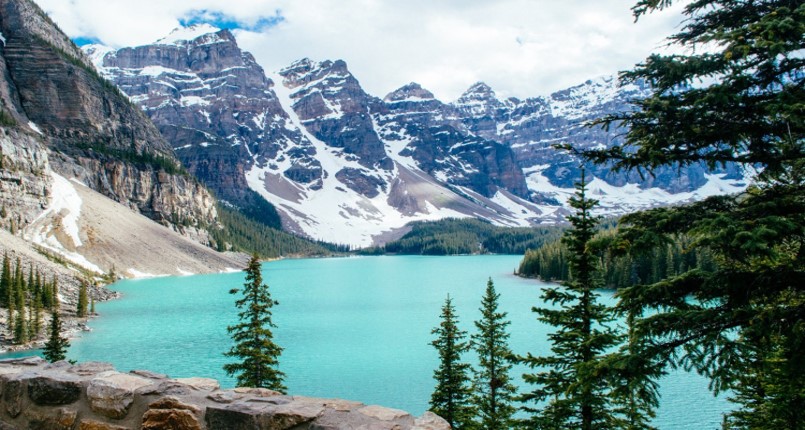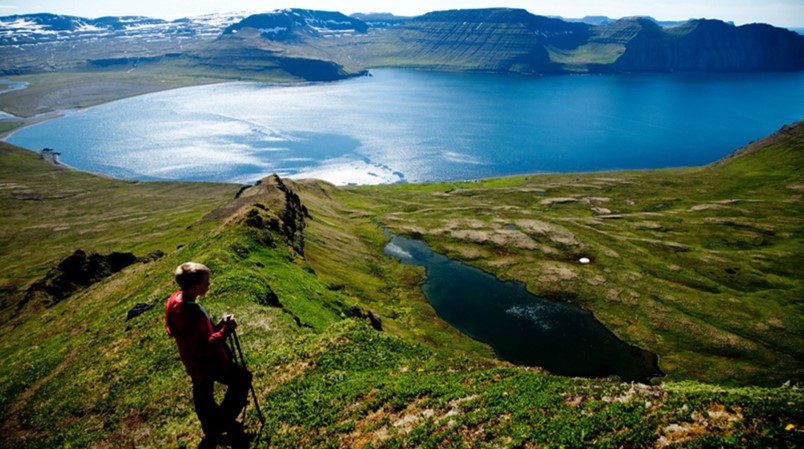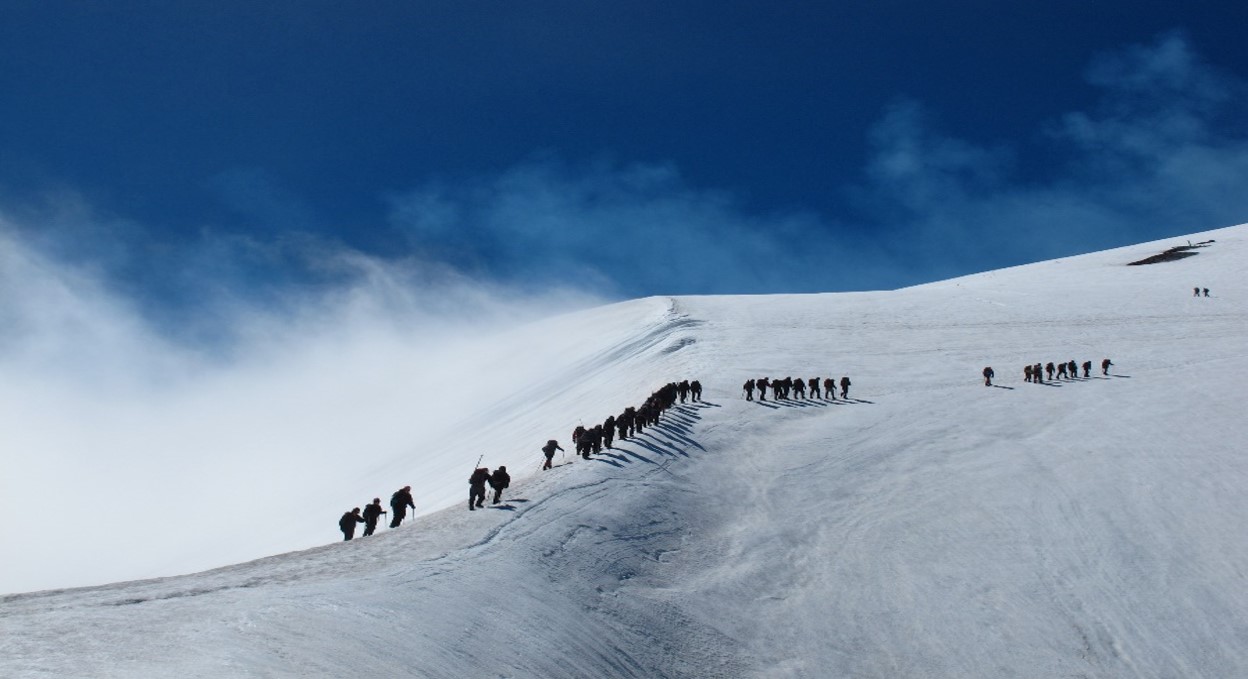Tour du Mont Blanc
If mountains are your calling, then Tour du Mont Blanc should definitely be on your bucket list. One of the most iconic treks in the world, always on “Top 10 hikes” lists, it circumnavigates the mighty Mont Blanc (4810 m), and crosses through France, Italy & Switzerland. A melange of snow capped mountains, incredible glaciers, wild rivers and lush green rolling hills – a truly Alpine experience.
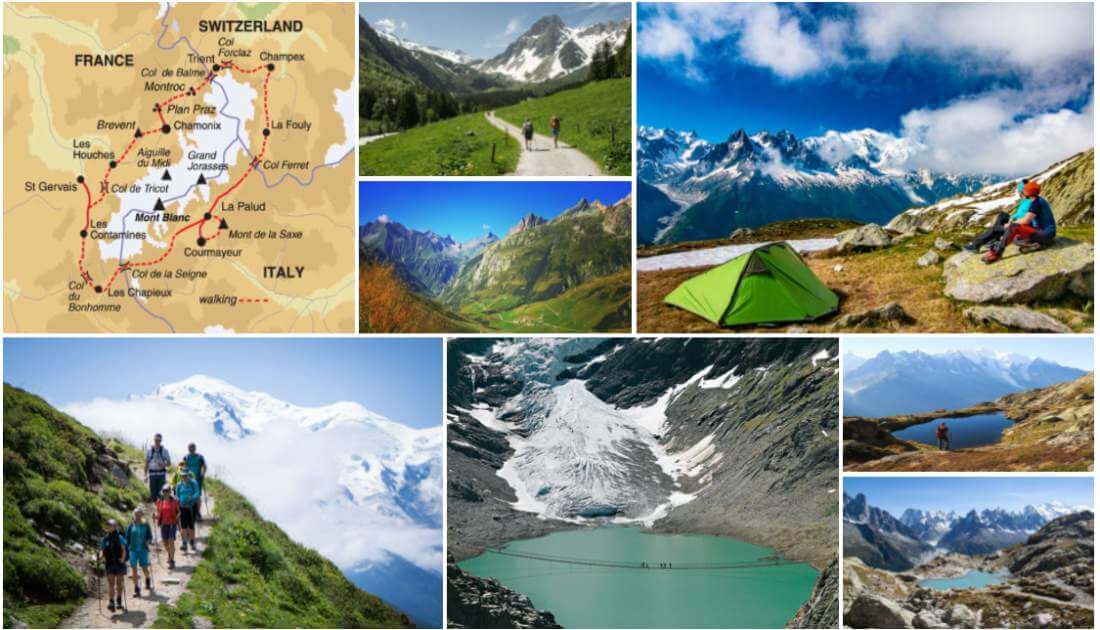
Trip Highlights
- Begin (and end) your trip in the lively town of Chamonix in France – this is the base village for the trek, easily accessed from Geneva airport.
- At Les Houches, take the Bellevue cablecar up to 1800m and enjoy the panoramic views. You should be able to see Mont Blanc, the Chamonix Aiguilles, the Aiguilles Rouges and the Chaine des Aravis.

Which Visa Do I Need
Indian citizens require a Schengen visa for this trip. You will visit France, Switzerland & Italy.

Length of Stay
The Tour du Mont Blanc trek normally takes 10 days, and is highly recommended. However, those short on time can also do a 4-5 day version.

Best time to visit
While summers bring long days, it can get pretty warm on the island. Fall is the best time to visit
pristine beaches, fortified medieval city, pre-historic temples, swimming, diving, snorkeling
Did you know
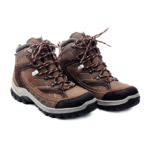
- Mont Blanc is “owned” by both France and Italy under a bilateral agreement and is called Monte Bianco in Italy
- The lowest recorded temperature on Mont Blanc is -43°C, set in January 1893.
- A seven-mile long Mont Blanc tunnel links France with Italy and travels directly underneath the mountain.
- The height of Mont Blanc varies each year depending on the depth of the summit’s snowcap.
- In 1990 the Swiss climber Pierre-André Gobet, leaving from Chamonix, completed the ascent and descent in 5 hours, 10 minutes and 14 seconds.
- On September 13 2007, a Jacuzzi party was thrown atop Mont Blanc. The portable hot tub was carried by 20 people to the summit. They had to carry 20 kilograms (45 pounds) of equipment each, custom-made to work with less oxygen, lower pressure and “against wind and freezing temperatures.”

